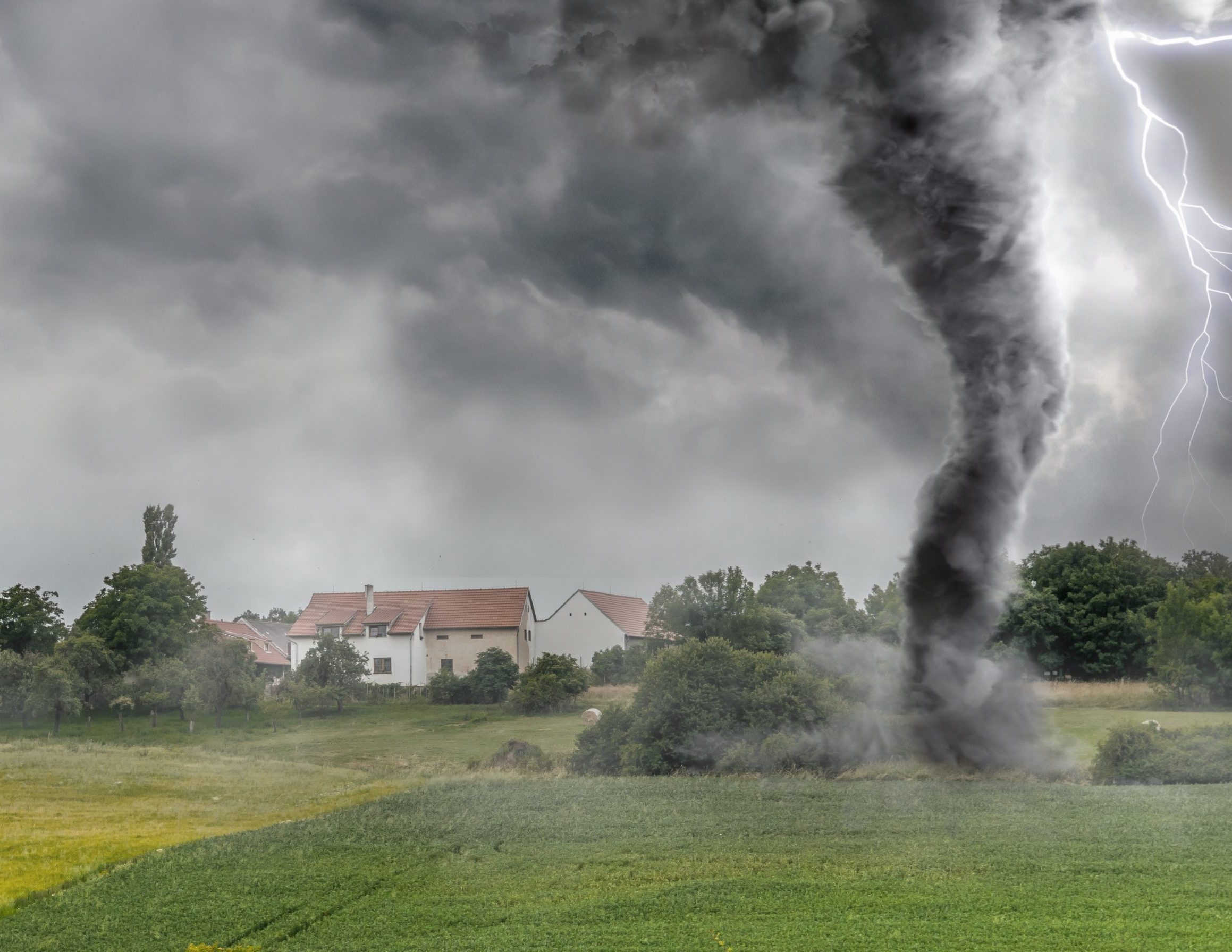
25 Jul How to Prepare for Tornadoes
Even though it’s not as big of a concern for San Antonio as other parts of the country, our part of the state is still in the southern end of Tornado Alley, and tornadoes can pop up at any time and with little warning. Keeping your family prepared is the best way to make sure that you’re able to weather the storm and minimize the amount of loss and damage that a tornado can cause.
If your home has been damaged by a tornado, contact Tower Roofing to help with the roofing repairs. We’ve been handling severe-storm roofing jobs for over twenty years and can help put your life back in place after you’ve been affected by a storm. We’ll even help with your home insurance claim to try and limit your stress as much as possible.
Travelers Insurance posted a very helpful article that outlines some of the best tornado preparedness steps that you and your family can take. The following content is published courtesy of Travelers Insurance. Please feel free to view the full article here.
It is a fact that tornadoes can happen anytime, anywhere—often striking with little or no warning. A critical prerequisite for helping to save lives and prevent harm is to know the signs of an impending tornado and being prepared on what to do when a tornado warning or watch is issued.
The first step in preparation is to have a written plan and to conduct a tornado drill on a routine basis in order to help protect your family, employees, students, customers and others in your care in the event of a tornado.
Create a Written Plan
Complex instructions can be difficult for anyone to remember, especially in the heat of the moment during a crisis or extreme weather event. Creating a tornado plan, writing it down, and then discussing it with family members, employees or students helps ensure everyone feels comfortable with it and understands what to do in case the worst happens. In your plan, be sure to address the following key elements:
Shelter
Designate the safest place to meet in your home or facility when a tornado warning is issued. A basement or tornado shelter, if available, is always best option. If one is not available or accessible, choose a windowless interior room or hallway on the lowest level of the structure. Be sure to document and discuss the quickest, safest paths to your shelter spot in your plan.
Supplies
Create a disaster survival kit that includes tornado-specific safety supplies you may need, including a whistle to signal for help if trapped under debris; flashlights; extra batteries; and a portable weather radio. Keep the kit and supplies in or on the way to your designated shelter area in a well-marked location. Be sure to designate an individual responsible for keeping the survival kit stocked who will also be responsible for grabbing the kit on the way to the shelter location in an emergency.
Separation
Have a plan to keep in touch with family members or employees who may not be at home or work when a tornado strikes. One option is to ask an out-of-state relative or friend to serve as a family contact or establish an employee call center. Make sure all family members and care providers (teachers, day care, etc.) have the emergency contact information, or employees know the process to contact the call center.
Safety
At the very least, everyone should know the proper method to crouch and cover their head until the threat of a tornado passes. If possible, stock your shelter area with large, sturdy objects to crouch underneath for extra protection. Mattresses or sleeping bags for cover are a good idea as well.
Practice the Plan
Set a specific time each year to conduct a tornado drill to help get your family, employees or students in the habit of preparation. Then, on the designated drill day do the following:
- Pretend as if a tornado has been sighted or a warning issued. Use the available, designated means to alert participants of the test, notifying them to make their way to the designated shelter area.
- If it is part of your plan, the appointed family or team member should pick up the disaster survival kit on his or her way to the shelter area.
- Once everyone is gathered in the shelter area, practice any safety measures that are part of your plan—including properly crouching down as low as possible, facing the floor and covering heads with hands.
After the Drill, Are you Prepared?
Evaluate how well the drill went, updating your plan as necessary based on the answers to the following questions:
- How quickly was everyone able to get to the shelter area? Could quicker escape paths be used?
- Assess the condition of the shelter area. Was it too cluttered or disorganized for all the participants to assume the proper safety positions? Will additional shelter areas be required?
- Did the notification process run smoothly? If not, how can it be improved?
- Was the disaster survival kit adequately stocked and available at the shelter area in a timely manner?


